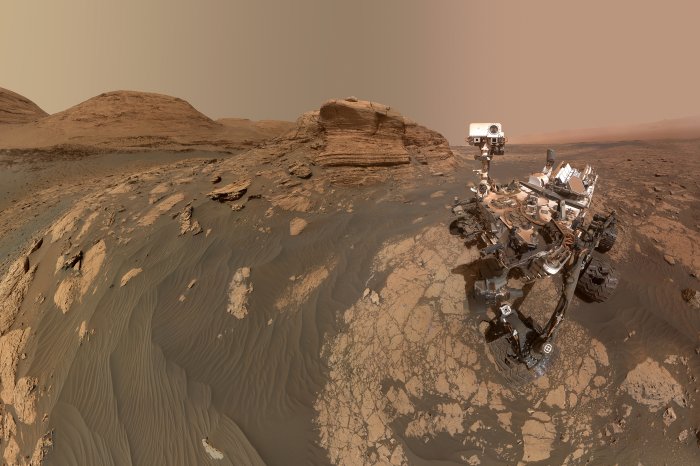ORLANDO, Fla., June 16 (UPI) -- The University of California-Berkeley has chosen California-based space company Rocket Lab to build two spacecraft for one of the least expensive interplanetary missions in history, a scientific investigation of the Martian magnetosphere.
NASA plans to launch the mission, known as ESCAPADE, in 2024 with a budget of $55 million, compared to a $671 million budget for the agency's last Mars orbiter, MAVEN, which was launched in 2013. The name stands for Escape and Plasma Acceleration and Dynamics Explorers.
One of the major goals for the mission is to show that interplanetary exploration can be accomplished at a fraction of typical costs.
Rocket Lab announced the contract with a press release Tuesday, explaining that it would use its Photon spacecraft bus, or platform, to build the twin orbiters. The company has launched one Photon to an Earth orbit and plans to build another for an upcoming NASA lunar mission.
The company is known for its small launcher, the Electron rocket, which launches small satellites.
The Mars mission "will demonstrate a more cost-effective approach to planetary exploration that will increase the science community's access to our solar system for the better," Rocket Lab CEO Peter Beck said in the release.
The goal for the program is to have two sets of instruments that can take the exact same measurements of the Martian atmosphere and solar winds at two different locations, Rob Lillis, associate director of planetary science at the University of California-Berkeley, said in an interview.
Specifically, the mission will aim to understand the Martian magnetosphere, which is far weaker than Earth's, he said. The Martian magnetosphere is an area of charged particles in which solar winds interact with the upper atmosphere.
Recent missions to Mars, including MAVEN, have concluded that the lack of a strong magnetic field means solar winds are stripping away the thin Martian atmosphere.
"We want to understand the real-time response of the Martian atmosphere to change in the solar wind, and how the planet is losing its atmosphere," Lillis said.
Such knowledge would help scientists understand atmospheres and magnetospheres at other planets, he said.
The two ESCAPADE orbiters would join five other spacecraft circling the planet to evaluate the atmosphere, including MAVEN, two European orbiters and one each from the United Arab Emirates and China.
But none of those craft is able to evaluate the same data at two different places, Lillis said.
The ESCAPADE orbiters will first move along in the same orbit, one following behind the other, to take snapshots of the magnetosphere in the same place at two different times.
After a period of months or years, one craft will move to a different orbit. At that point, one orbiter will be measuring solar wind while the other samples the atmospheric response.
While some instruments on ESCAPADE will be similar to those on MAVEN, they are simpler, said Jared Leisner, program scientist with NASA's heliophysics division.
Missions like MAVEN, or probes that study a planet's surface, require "remote sensing instruments and cameras that can be larger and more resource-demanding than the instruments that ESCAPADE has," Leisner said.
ESCAPADE instruments include a magnetometer, an electrostatic analyzer and a Langmuir probe, which measures temperature and density of plasma in the atmosphere, according to NASA's mission description.
"The solicitation that led to ESCAPADE was an example of NASA asking the science community what compelling science could be done with a smaller-budget mission. And, the Berkeley team came forward with ESCAPADE," Leisner said.
https://news.google.com/__i/rss/rd/articles/CBMiVWh0dHBzOi8vd3d3LnVwaS5jb20vU2NpZW5jZV9OZXdzLzIwMjEvMDYvMTYvUm9ja2V0LUxhYi1NYXJzLXNwYWNlY3JhZnQvNTAwMTYyMzc5MjY2MC_SAVlodHRwczovL3d3dy51cGkuY29tL2FtcC9TY2llbmNlX05ld3MvMjAyMS8wNi8xNi9Sb2NrZXQtTGFiLU1hcnMtc3BhY2VjcmFmdC81MDAxNjIzNzkyNjYwLw?oc=5
2021-06-16 07:00:07Z
52781670574662


Tidak ada komentar:
Posting Komentar